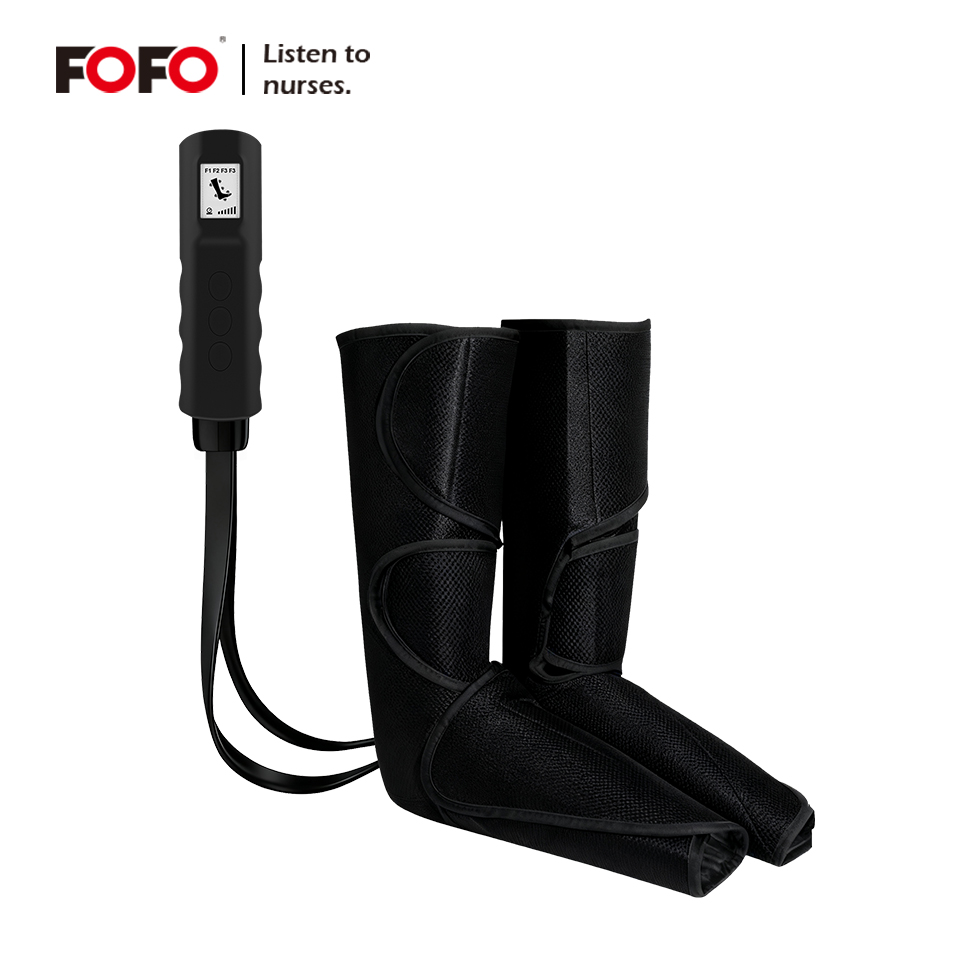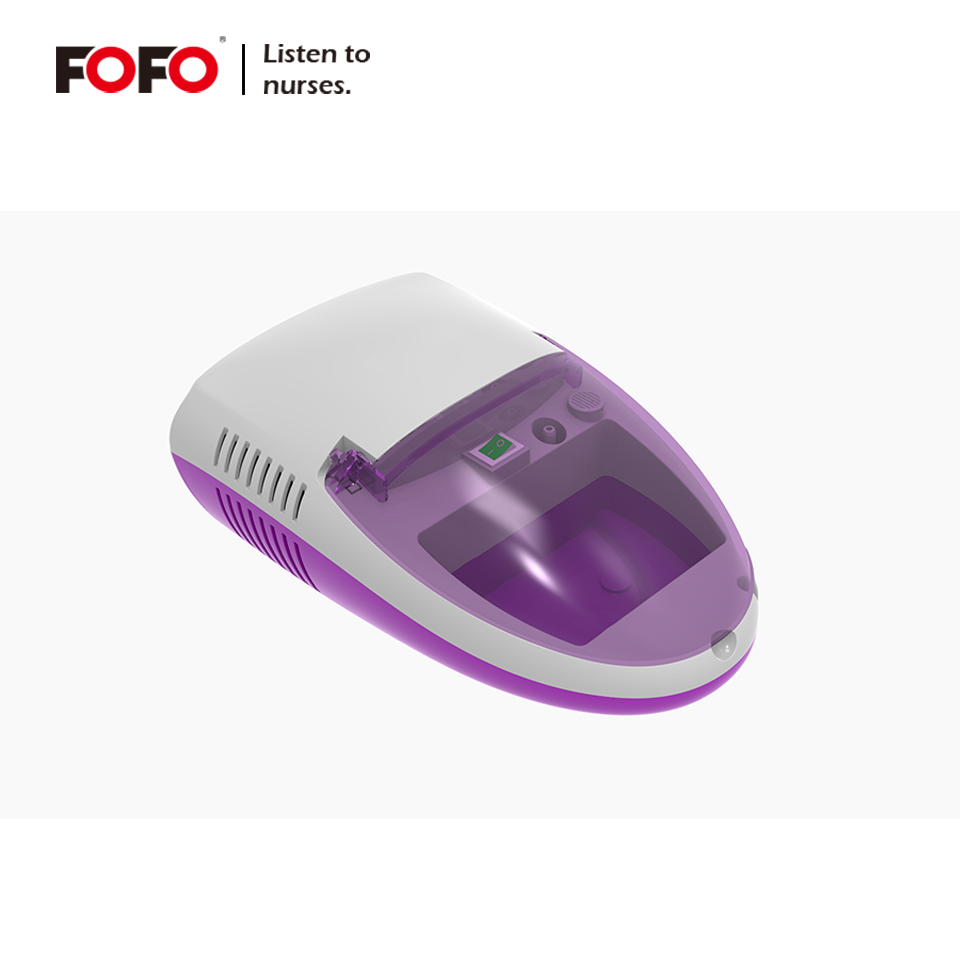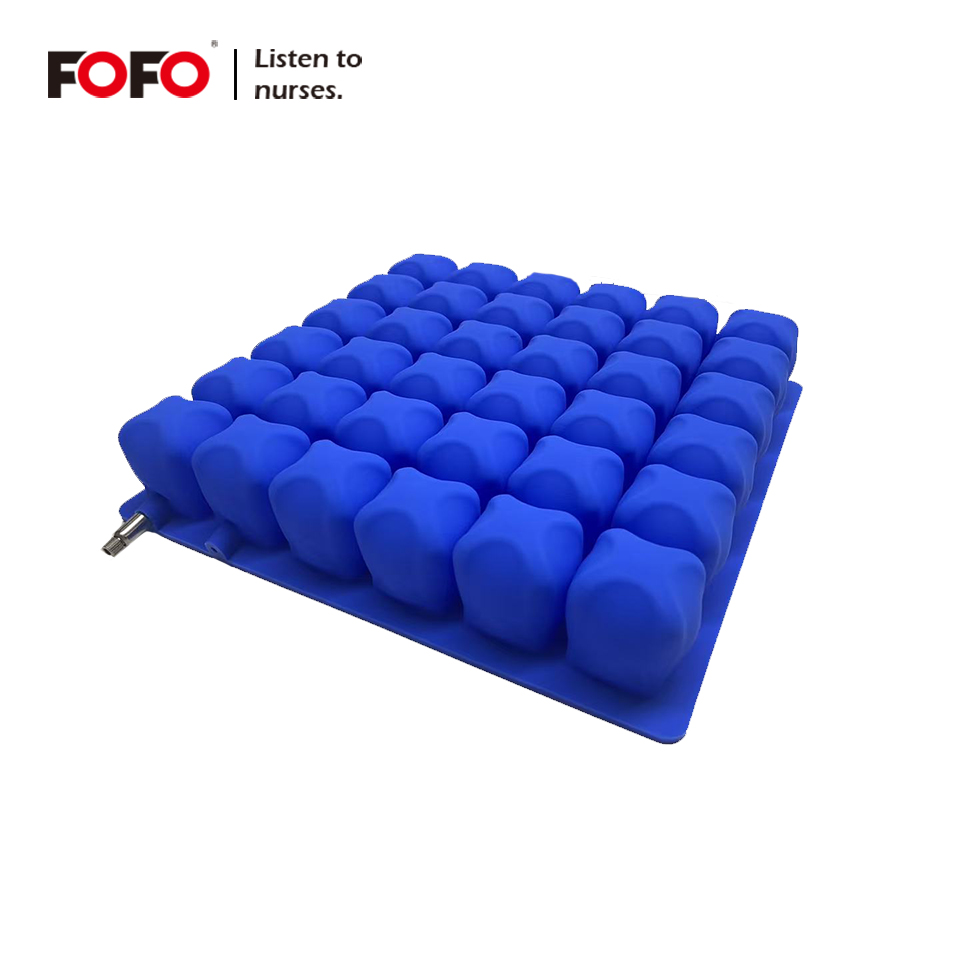
Discover advanced hand recovery devices designed to improve grip strength, coordination, and mobility. Explore innovative hand therapy solutions for stroke, post-surgery, and elderly care. Boost your hand recovery with FOFO Medical’s expert products.
As rehabilitation care continues to evolve, smart hand recovery devices are becoming an integral part of therapy programs for individuals recovering from surgery, strokes, injuries, or long-term conditions like arthritis. In 2025, the fusion of digital technology and physical therapy has brought about a wave of innovation that’s transforming how patients approach hand mobility restoration.
From hand therapy equipment enhanced with AI to finger exercisers for stroke patients equipped with tracking apps, the smart rehabilitation landscape is more promising than ever.

Hand Recovery Supplier
Contents
- 1 Smart Hand Recovery Devices Are Advanced Tools That Enhance Rehabilitation Through Technology
- 1.1 Key Features of Smart Hand Recovery Products
- 1.1.1 Top Categories of Smart Hand Recovery Devices in 2025
- 1.1.2 Comparison: Smart vs Traditional Hand Recovery Products
- 1.1.3 Best Smart Hand Recovery Devices in 2025
- 1.1.4 Applications in Post-Surgery Recovery
- 1.1.5 Integration into At-Home Therapy
- 1.1.6 Smart Device Compatibility with Rehabilitation Programs
- 1.1.7 Considerations When Choosing a Smart Hand Recovery Device
- 1.2 ✅ Recovery Goal:
- 1.3 ✅ User’s Physical Condition:
- 1.1 Key Features of Smart Hand Recovery Products
Smart Hand Recovery Devices Are Advanced Tools That Enhance Rehabilitation Through Technology
Smart hand recovery devices refer to digitally-enhanced equipment designed to restore hand function by assisting with movement, grip, strength, and coordination. Unlike traditional tools, these devices incorporate sensors, AI algorithms, Bluetooth connectivity, and real-time feedback to optimize rehabilitation progress.
They are used by:
-
Stroke patients rebuilding neural-muscular pathways
-
Individuals recovering from hand surgery or fractures
-
Occupational therapists providing customized therapy plans
-
Elderly patients addressing age-related hand weakness
Key Features of Smart Hand Recovery Products
| Feature | Description |
|---|---|
| Real-time Feedback | Sensors monitor grip force, finger extension, movement accuracy |
| Adaptive Resistance | Devices adjust difficulty based on the patient’s progress |
| Gamification Elements | Rehabilitation tasks designed as games to improve engagement |
| App Integration | Progress can be tracked on smartphones or tablets by therapists or patients |
| AI-based Personalization | Programs adapt to individual recovery speed and needs |
These features make hand therapy equipment more accessible, effective, and patient-friendly.
Top Categories of Smart Hand Recovery Devices in 2025
Smart Hand Grip Strengtheners
Hand grip strengtheners have traditionally been mechanical, but in 2025, they now feature:
-
Pressure sensors that calculate grip force
-
Adjustable resistance through motorized springs
-
Connectivity with mobile apps to track repetition and duration
Use Case: Post-surgery patients recovering hand strength after immobilization.
Smart Finger Exercisers for Stroke
Finger dexterity is often impaired after a stroke. These devices provide:
-
Individual finger tracking
-
AI-guided exercises for neural re-training
-
Vibration feedback to enhance brain-muscle communication
| Device Type | Stroke Suitability | Key Features |
|---|---|---|
| Passive Range Devices | High | Gentle movement for stiff joints |
| Active Resistance Tools | Medium–High | Encourages voluntary muscle movement |
| VR-Integrated Devices | Medium | Uses games and feedback for engagement |
Occupational Therapy Hand Tools
Smart OT hand tools go beyond therapy—they’re training systems. Modern tools include:
-
Virtual reality gloves simulating real-world tasks
-
Smart pegboards that track placement and coordination speed
-
Sensors that measure fine motor control
These tools allow occupational therapists to adjust therapy in real time, ensuring personalized progress.

جهاز إعادة تأهيل اليد وتدريب استعادة الأصابع
Comparison: Smart vs Traditional Hand Recovery Products
| Aspect | Traditional Products | Smart Devices (2025) |
|---|---|---|
| Feedback | Manual or therapist-based | Real-time sensor-based |
| Progress Tracking | Paper logs | Cloud-based with detailed analytics |
| Personalization | Generalized programs | AI-driven, patient-specific routines |
| Motivation & Engagement | Low (repetitive) | High (gamified interfaces, VR experiences) |
| Accessibility | On-site therapy mostly | At-home therapy possible with connected tools |
Smart tools clearly offer a more engaging and adaptive recovery experience, especially beneficial in remote care settings.
Best Smart Hand Recovery Devices in 2025
Below is a list of trending smart devices in the hand rehab market, categorized by their primary function:
| Product Name | Type | Key Features | Ideal For |
|---|---|---|---|
| ReGrasp Pro | Smart Glove | AI-guided therapy, EMG-triggered actions | Stroke rehabilitation |
| DigiFlex IQ | Finger Exerciser | Adjustable tension, Bluetooth tracking | Post-surgical rehab |
| GripTracker Elite | Hand Grip Strengthener | Force sensors, app sync, goal tracking | Grip strength recovery |
| HandoVR Trainer | VR-Based Therapy System | Immersive exercises, fine motor training | OT centers & clinics |
| TendoTouch | Smart Pegboard + Software Suite | Dexterity training with app data sync | Occupational therapists, seniors |
Applications in Post-Surgery Recovery
Post-surgery hand recovery products have undergone significant advancement in 2025. Now, patients recovering from:
-
Carpal tunnel release
-
Tendon repair surgeries
-
Joint replacements
can use wearable tools that guide safe movement and prevent re-injury.
Smart sensors alert patients and therapists in real-time when a movement exceeds safe limits.
These devices also reduce the need for daily in-person sessions, offering cost-effective at-home care.
Integration into At-Home Therapy
Thanks to advancements in IoT and telehealth, smart devices for hand therapy are now widely used in home settings. Features such as:
-
Daily progress notifications
-
Video coaching by therapists
-
Cloud-based session logs
make these tools perfect for busy patients, rural areas, or those with mobility issues.
| Benefit | Explanation |
|---|---|
| Time-saving | Reduces travel time to clinics |
| Remote therapist access | Real-time therapy adjustment via apps |
| Motivation | Gamified apps encourage daily use |
| Custom feedback | Sensors provide data therapists can review during virtual sessions |

Medical Hand Recovery
Smart Device Compatibility with Rehabilitation Programs
Modern rehab centers and hospitals are integrating smart hand recovery tools into their protocols. Here’s how they’re used alongside traditional therapy:
| Program Type | Smart Integration |
|---|---|
| Neuromuscular Therapy | EMG-triggered stimulation with sensor data |
| Occupational Therapy (OT) | VR simulations, dexterity tracking boards |
| Strength Training | Adaptive resistance hand grip tools |
| Motor Coordination | Multi-finger motion tracking and feedback gloves |
By combining traditional expertise with smart data, therapists can make faster and more accurate decisions for each patient’s recovery plan.
Considerations When Choosing a Smart Hand Recovery Device
Before purchasing or recommending a smart device, consider the following:
✅ Recovery Goal:
-
Strengthening vs coordination vs range of motion
✅ User’s Physical Condition:
-
Can the user interact with screens or apps?
-
Are they in early vs advanced recovery?
Future Outlook: Where is Hand Recovery Tech Headed?
By 2030, we may see:
-
AI-driven hand robots providing active resistance
-
Brain-computer interface tools (BCIs) translating thought into finger movement
-
Biofeedback-driven therapy games tailored to mood, fatigue, and effort
The merger of AI, neuroscience, and wearable tech is leading us into an era where rehabilitation is not only effective but enjoyable.

Digital Hand Recovery System for Finger Disabled
The evolution of hand recovery products into smart, connected, and patient-centered devices marks a major milestone in the field of rehabilitation. Whether you’re recovering from surgery, managing a neurological condition, or providing occupational therapy, these tools offer precision, motivation, and measurable results like never before.
From finger exercisers for stroke patients to AI-enhanced hand grip strengtheners, the options in 2025 are as diverse as they are effective. Clinics, therapists, and even home users now have access to a future where healing is faster, more informed, and—most importantly—customized.
Looking for cutting-edge hand recovery products?
Explore our latest smart rehabilitation solutions designed for clinics and home users alike.
📩 Contact our experts today for a quote or demo!
Previous News
Elevating Patient Comfort and Care: The Benefit...Next News
Nursing Home Improved Patient Outcomes with FOF...Feature Product
-
Piston Nebulizer Machine Portable BC68002-C
Piston Nebulizer Machine Portable: Hospital-Gra...
-
Anti Bedsore Massage Air Cushion Wheelchair
Anti Bedsore Massage Air Cushion Wheelchair: In...
-
 Air Compression Leg Massager with Heating FO3003B
Air Compression Leg Massager with Heating FO3003BAir Compression Leg Massager: Targeted Relief f...



